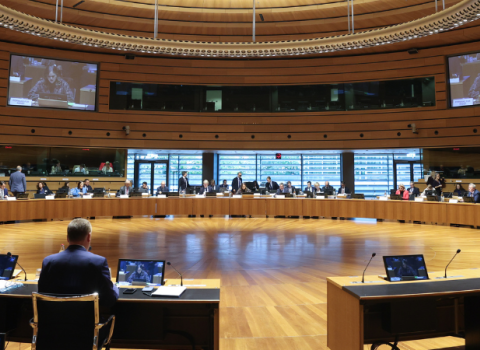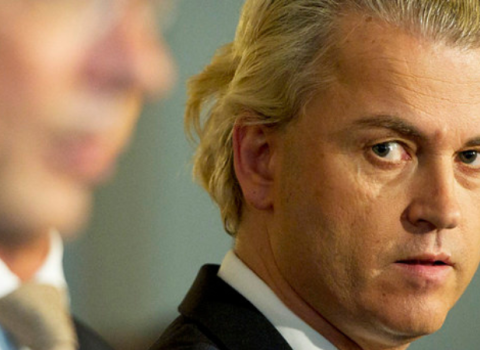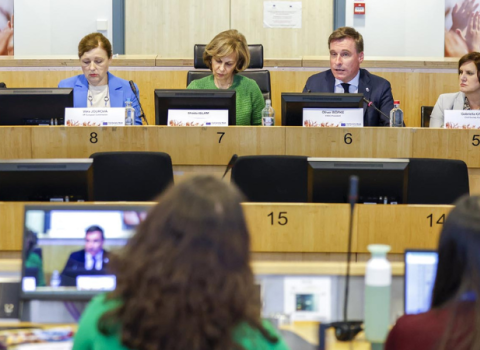Beyond enhanced funding for research, and promoting innovation on a broader scale, Horizon 2020 has adopted ‘excellence’ as a guiding theme. In this context, excellence is defined as a move away from fragmentation, whilst reducing overlaps and working to bridge the still very tangible inequalities in the European innovation landscape. As part of Science|Business’ analysis of ITRE’s reports on Horizon 2020, this article gives the Parliament’s take on the role of excellence in Horizon 2020.
Horizon 2020: A larger role for SMEs
Bridging the gaps towards excellence
EIT to scale-up with larger budget
Confronting the Grand Challenges
Sometimes too simple and sometimes too complicated
MEPs want a more bottom-up approach for Horizon 2020
European Parliament to demand more control over Horizon 2020
EU Parliament challenges Horizon 2020 funding rates
MEPs propose moving the EIT to Strasbourg (and Parliament to Brussels)
Some of the key programmes include:
- establishing ‘European Research Area Chairs’ to attract outstanding academics
- providing a ‘seal of excellence’ for positively evaluated project proposals that have not been able to achieve funding because of budgetary limitations
- An online IPR marketplace where intellectual property can be advertised in order to bring together the owners and users of IPR
In addition to an enhanced role for bottom-up research, the guiding principle of excellence is expected to bolster what already exists in the European research and innovation communities via consolidation and complimentary activities.
“Spreading excellence and widening participation in Horizon” is the title under which it is expected that Horizon 2020 can increase the competitiveness of Europe by means of social, territorial and economic cohesion.
In their review of the Commission report, both MEP Maria Da Graça Carvalho and MEP Teresa Riera Madurell argue that while the two programmes have different objectives “both Horizon 2020 and the Cohesion Policy are extremely important to reach the objectives of Europe 2020, and as such, synergies and complementary agendas between them are essential.” These synergies are explained as bridges that are to be built in both directions, thus linking the two programmes. In practice, these bridges are to be made up of a number of programmes that are complimentary and create interoperability between the two funding schemes.
In addition to the creation of new programmes to bridge the divide between Horizon 2020 and Structural Funds, there is also an expectation that independent committees and the Parliament will have more say in decision making through annual reviews. Both Carvalho and Madurell have called for the creation of dedicated Strategic Advisory Boards, made up of independent high-level experts, to contribute by defining research and innovation programmes, and address fragmentation in each of the societal challenges.
Next steps
Shortly after the summer recess, the ITRE committee will meet again to discuss new amendments and are expected to bring the final reports up for a committee vote in the autumn. New proposals are expected to surface and some of the existing ones might be altered or could disappear altogether. Parliament will have to reach an agreement with its co-legislator, the Council of Ministers, in time for Horizon 2020 to go live on the 1st of January, 2014. It is expected that negotiations will last well into the summer of 2013. Bridging the widening gap of innovation and development between the member states will only becoming increasingly difficult as the debate continues.





 A unique international forum for public research organisations and companies to connect their external engagement with strategic interests around their R&D system.
A unique international forum for public research organisations and companies to connect their external engagement with strategic interests around their R&D system.